The common swiftlet (Apus apus) holds the record for longest flight time, being able to stay airborne for 10 months straight.
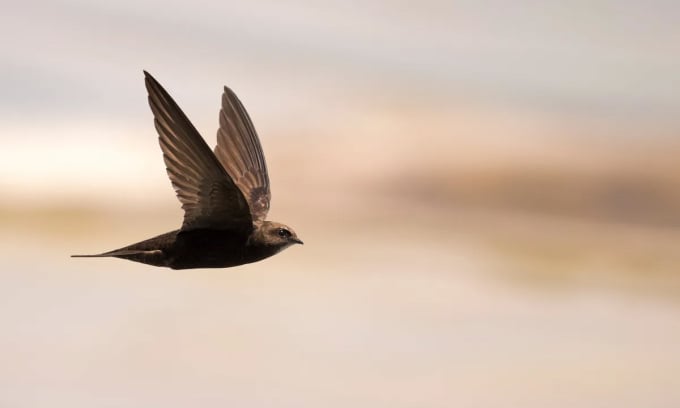
The common swiftlet is capable of flying continuously for 10 months. Photo: Dilomski
Traveling by plane for almost a day is already a tiring long-distance flight for humans, but that is nothing compared to the ability of the common swiftlet ( Apus apus ). Many people will start to feel uncomfortable after only a few hours of flying, even if they just sit still. However, swiftlets can spread their wings for 10 months to fly continuously in the sky.
Welsh ornithologist Ronald Lockley suggested in the 1970s that the common swift could hold the record for flight time. But it wasn’t until decades later that a team of researchers at Lund University in Sweden were able to confirm it. The study was published in the journal Current Biology in 2016.
The team tracked 13 adult swifts, fitting them with tiny data loggers that contained accelerometers to record flight activity and light sensors to help locate the birds. Some birds were tracked for years as they migrated from Sweden to the southern Sahara desert in the winter and back.
The results showed that common swifts spend most of their time in the air. The birds tracked stayed on land for only two months of the year, settling down to breed. Although some occasionally landed for a short while during the other 10 months, they still spent more than 99.5% of their time in the air. Three swifts were in the air for the entire 10-month migration, an impressive feat considering their small size, each weighing just 40 grams.
Researchers believe the difference between the long-flying swifts and the landing swifts may lie in their plumage. The landing swifts do not molt their wing feathers, while the continuous flyers molt and grow new flight feathers (long, stiff feathers on the wings and tail that help birds glide).
"The presence or absence of moulting reveals subtle differences in overall condition or parasite problems, and also explains the flight behavior of individual individuals within a species," explains study author Anders Hedenström.
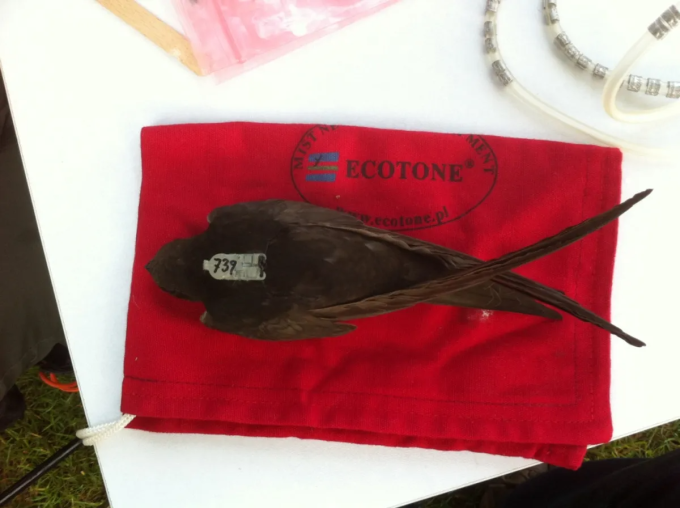
Researcher Anders Hedenström calls these data loggers “little backpacks.” Photo: A. Hedenström
How do swiftlets stay in the air for so long? Physical activity takes energy, but the animals have adapted to use relatively little energy during long flights.
“Common swiftlets have evolved to be very efficient fliers, with streamlined body shapes and long, narrow wings that generate lift with little effort,” Hedenström explains. This allows swiftlets to expend less energy. They can also replenish their energy quickly by eating flying insects.
For humans, in addition to in-flight snacks, sleeping is also a way to recharge. But scientists are not sure exactly whether swiftlets do the same. "They may do what cormorants do and sleep while gliding. Every day, at dusk and dawn, swifts fly up to an altitude of about 2-3 km. They probably sleep while gliding, but we are not sure," Hedenström said.
Thu Thao (According to IFL Science )
Source link


![[Photo] Prime Minister Pham Minh Chinh chairs the Government's online conference with localities](https://vphoto.vietnam.vn/thumb/1200x675/vietnam/resource/IMAGE/2025/10/5/264793cfb4404c63a701d235ff43e1bd)

![[Photo] Prime Minister Pham Minh Chinh launched a peak emulation campaign to achieve achievements in celebration of the 14th National Party Congress](https://vphoto.vietnam.vn/thumb/1200x675/vietnam/resource/IMAGE/2025/10/5/8869ec5cdbc740f58fbf2ae73f065076)



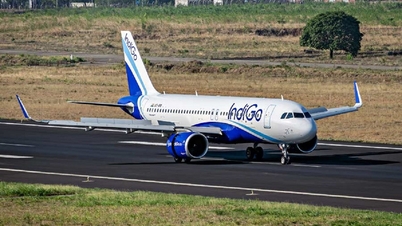



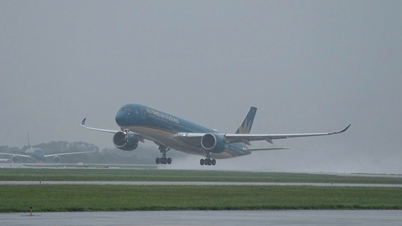



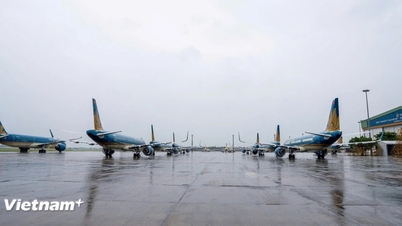














































![[VIDEO] Summary of Petrovietnam's 50th Anniversary Ceremony](https://vphoto.vietnam.vn/thumb/402x226/vietnam/resource/IMAGE/2025/10/4/abe133bdb8114793a16d4fe3e5bd0f12)

![[VIDEO] GENERAL SECRETARY TO LAM AWARDS PETROVIETNAM 8 GOLDEN WORDS: "PIONEER - EXCELLENT - SUSTAINABLE - GLOBAL"](https://vphoto.vietnam.vn/thumb/402x226/vietnam/resource/IMAGE/2025/7/23/c2fdb48863e846cfa9fb8e6ea9cf44e7)


















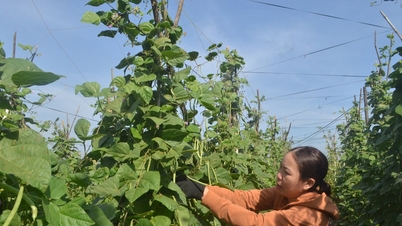














Comment (0)